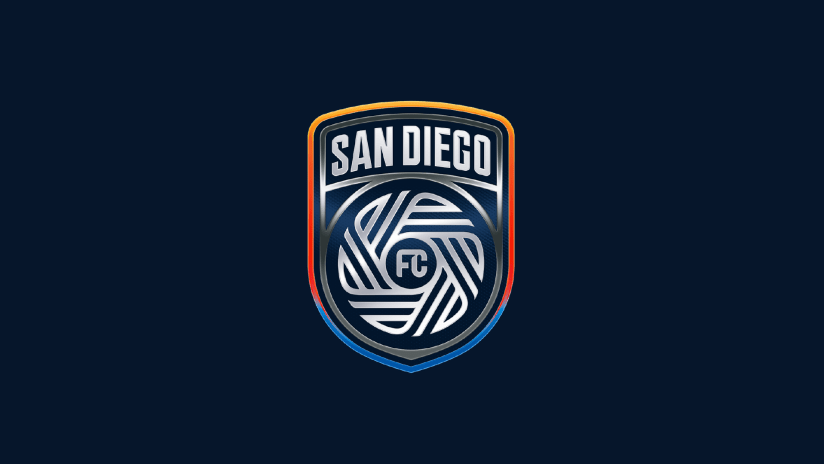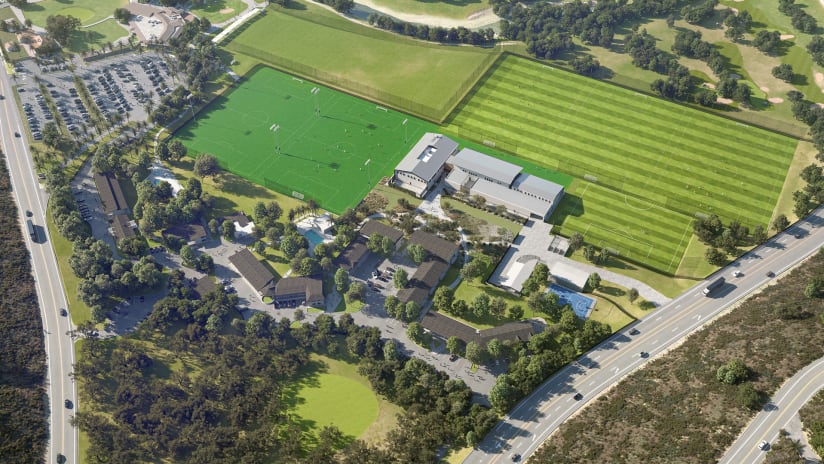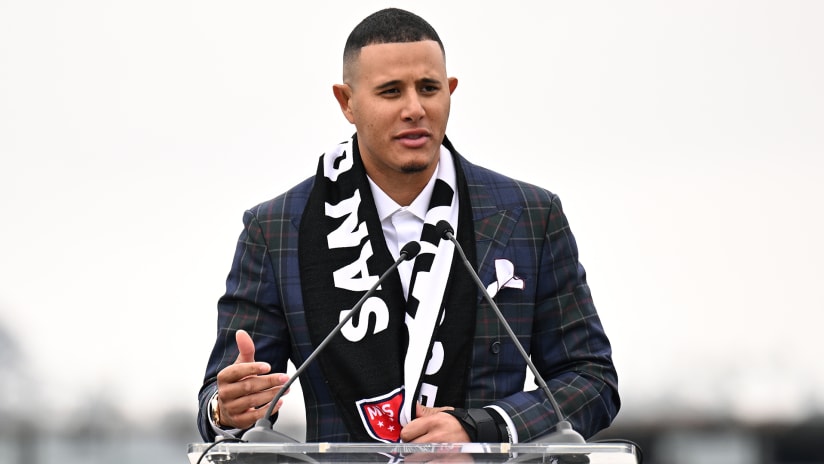MLS fans around the US and Canada have probably grown accustomed to the confetti cannons and celebrations around expansion teams – there have been 11 such announcements in the last decade and Friday’s announcement that Minnesota United FC will begin play in 2017 was just the latest.
But for many, including Minnesota’s majority owner Dr. Bill McGuire, the transformation of Minnesota United from a league-owned club in the second division into a top-tier side with a future soccer-specific stadium in Saint Paul and backed by many of Minnesota’s wealthiest families is as remarkable as it is jarring.
In 2012, McGuire’s then son-in-law and now club president, Nick Rogers, dragged the former United Healthcare CEO to the first leg of the NASL final in Blaine, Minnesota. The Minnesota Stars hosted the Tampa Bay Rowdies on a sharp-toothed, cold October evening. There were 4,642 fans who filled the stands – at that time a bumper crowd – and the atmosphere was electric.
The Stars had gone up on a goal from Amani Walker in the 67th minute. However, it was the second goal from Martin Nunez (though center back Connor Tobin still claims that he connected on the goal) in the fourth minute of stoppage time that would not only seal a 2-0 first leg victory, but likely saved the team from going out of business.
The Stars would go on to lose in an agonizing penalty shootout in Tampa, but it was that goal that sealed the fate of Minnesota soccer. After the ball went over the line, players darted toward the Dark Clouds supporters group, who in turn became a turbulent wave that crashed over the sideboards and onto the players.
They sang, “The team that nobody wanted, the team that nobody wanted, the team that nobody wanted, is going to win the cup!” It was a song that emerged in 2011, when the owner-less club beat impossible odds to win the NASL final, a typical song from the Dark Clouds: ironic, self-deprecating, and celebratory.
And it was that night that convinced McGuire to purchase the team and save it from extinction. When McGuire remembers that night, he thinks of “the [second] goal being scored, smoke going off, and the fans breaking down a fence. And the players hugging the fans. I just said, ‘Wow, having watched guys running for 90 minutes with this kind of emotion, something that’s intimate and personal – what a great sport.’ And I thought to myself, ‘This is great, we need to have the world’s game here.’”
The Team that Nobody Wanted
That night remains etched in the memories of anyone in those stands. There was a “last night on Earth” feeling that pervaded the National Sports Center in Blaine. Everyone there knew that their club was on the chopping block as the NASL considered pulling its support.
That feeling of dread – the feeling of year after year not knowing if you will have a club to support next season – will have been running through the back of many heads as they watched the MLS festivities on Friday. Even before the Minnesota Thunder folded in 2009, soccer in Minnesota consisted of the pendulum swings from false dawns to bleak sunsets.
The years of tumult certainly will be on the mind of Teresa Peterson, who started supporting the team in 2007. She remembers the relief of hearing about Bill McGuire purchasing the Stars: “We went through so many years of not knowing if we’d have a team next year. So when Dr. McGuire said he was buying the team, I knew that they would be here in the future.”
Bruce McGuire, for years the voice of Minnesota soccer through his website du Nord Futbol, echoes that sentiment when he reflects: “For the first time ever we have a real ownership with deep pockets that can move the team forward. Prior to that, every season we wondered if it was just done: year after year after year and it prevented building momentum because at the end of every season we just didn’t know if we’d have a season next year.”
Fans like Bruce and Teresa, have followed Minnesota soccer under four different names in the past decade. It wasn’t long ago that you would watch a Thunder or Stars game with fewer than 1,000 fans in the seats.
As Bruce remembers it, in those days, “There was no atmosphere. Even if it was a decent-sized crowd, it was very strange. It seemed like the majority of the crowd was families with kids and it was an outing rather than a sporting event.”
During the Minnesota Stars era – when the club was league-owned – the entire team was run with a staff of around 4-6 employees. One of those was assistant coach and player, Kevin Friedland, who would finish training every day and walk into the office so he could fulfill some jersey orders.
Alex Haueter served as the director of media and public relations from 2010 to 2013 and remembers when the entire team staff worked in a 20’x30’ converted locker room. When asked to reflect back on that period, his voice is heavy: “I don’t wish trying to run a pro team on a staff of five people on anyone. We were lucky to put in a 50-hour week before a home game rolled around.”
Minnesota United saw close to 5,000 supporters RSVP to attend their announcement on Friday in Saint Paul. That number would have been a good attendance just five years ago for the NSC Minnesota Stars.
A Permanent Home
When Bill McGuire took over the club, the office went from four to 40 and the numbers of fans has steadily increased. But if the change from an average of 1,000 fans to over 8,000 fans has been jarring for longtime supporters, the move to the approximate 22,000-seat, soccer-specific stadium in 2018 will be even more so.
The transition means the shift away from the intimacy of the old days when a solitary heckling voice could break through the still air with the hope that it could evince a response. A player might flip you off or his teammates might crack up around him.
But the prospect of a permanent home for the Loons and filling it out with fans pushes nostalgia off to the dusty corners. Even before ground has been broken, the Dark Clouds (Minnesota’s biggest and oldest supporters' group) have nicknamed the new soccer stadium “Cloud City” (a Star Wars reference for the futuristic design, their own name, as well as contrasting it to the “Sandcrawler” of the NFL Vikings’ new stadium).
One of the Dark Clouds capos, Abe Opoti, is a recent convert to the Loons (he started attending matches regularly in 2015) and so he missed out on much of the team’s tumultuous past.
However, he is still focused on the idea of permanence for the club. Of all the changes coming for the team, Opoti says he’s most “excited about ‘Cloud City,’ to finally have a home that’s our own, where we’re not interlopers. I’m excited to keep partying with a great community of people.”
Bruce McGuire, too, anticipates the permanent marker of a stadium.
“The day that they break ground on the stadium, it will all feel real to me. Because that will be a moment of permanence, It’s going to show me that something I’ve been in love with since I was a kid is here. It will be a relief and it will be an excitement for the next generation. This is going to be normal for them.”
With Friday’s announcement comes the unburdening of the shoulders, a relief. No longer the team that nobody wanted, the Loons are now a team that has multiple owners, a big city and an entire league behind them.













